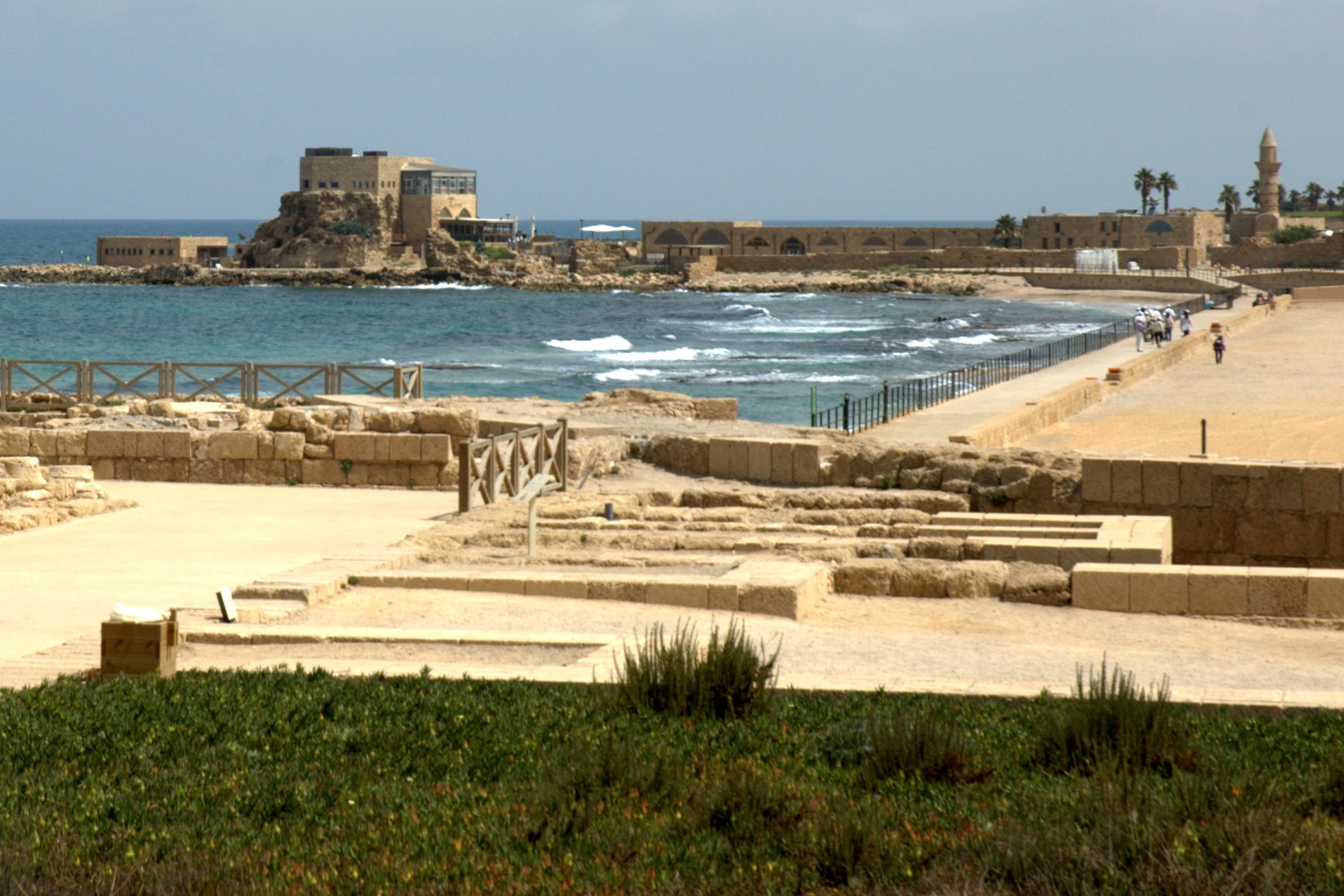
Mystery of Roman Concrete Solved by Scientists
Source: http://www.geoscienceworld.org
Some 2,000 years after they were first erected, Ancient Roman harbors made from concrete are still standing across Europe. Meanwhile, more modern constructions have proved far less durable.
Finally, scientists have solved the puzzle of what made the ancient concrete so strong — and they think the discovery could make modern buildings more environmentally friendly. The results are published in American Mineralogist.
Concrete used for ancient sea walls was made by mixing lime, seawater, volcanic ash and rock. Researchers have now discovered that elements in the ash react with sea water, which actually strengthens the material. Researchers discovered the Roman concrete contained aluminium tobermorite, a rare mineral that adds extra strength. When the Roman concrete was exposed to seawater, the tobermorite crystallised and spread. The researchers said that long-term exposure to sea water helped these crystals to continue growing, reinforcing the concrete and preventing cracks from developing.
Finally, scientists have solved the puzzle of what made the ancient concrete so strong — and they think the discovery could make modern buildings more environmentally friendly. The results are published in American Mineralogist.
Concrete used for ancient sea walls was made by mixing lime, seawater, volcanic ash and rock. Researchers have now discovered that elements in the ash react with sea water, which actually strengthens the material. Researchers discovered the Roman concrete contained aluminium tobermorite, a rare mineral that adds extra strength. When the Roman concrete was exposed to seawater, the tobermorite crystallised and spread. The researchers said that long-term exposure to sea water helped these crystals to continue growing, reinforcing the concrete and preventing cracks from developing.





